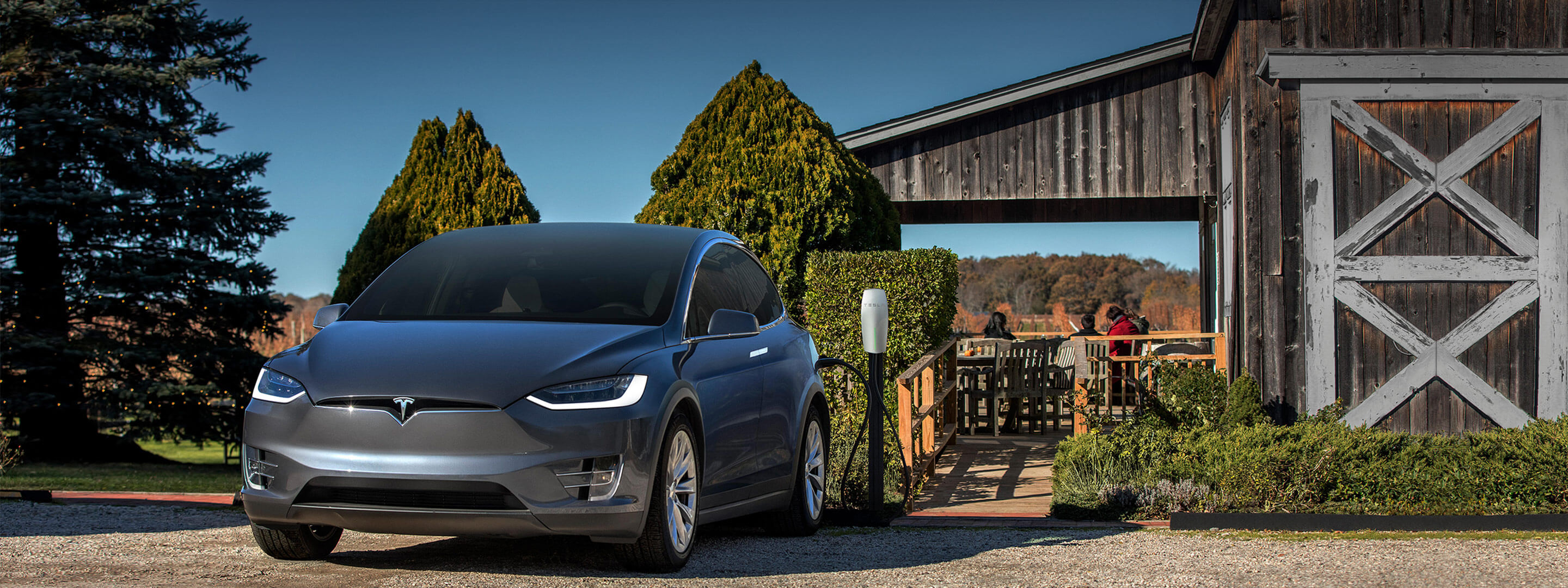In contrast to Tesla’s Supercharger network that uses DC fast-charging stations for supercharging Tesla vehicles, the Destination Charging network consists of Level 2 chargers installed at hotels, restaurants, and shopping centers across the country, allowing Tesla owners to charge their cars at their destination.
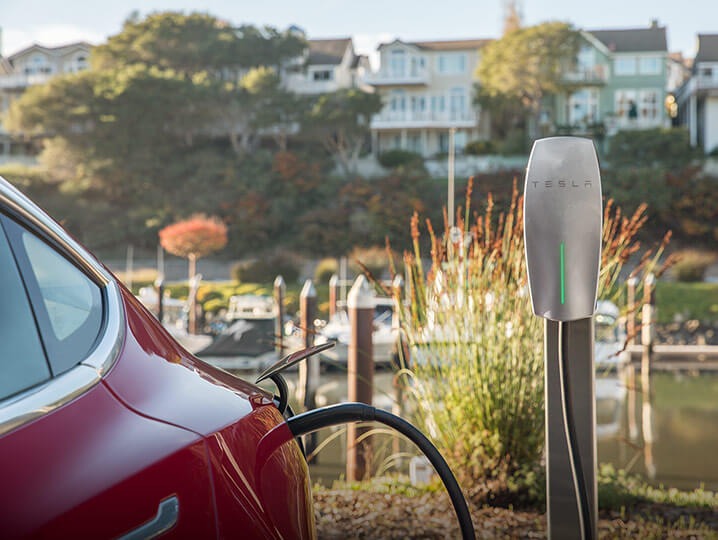
Destination Charger
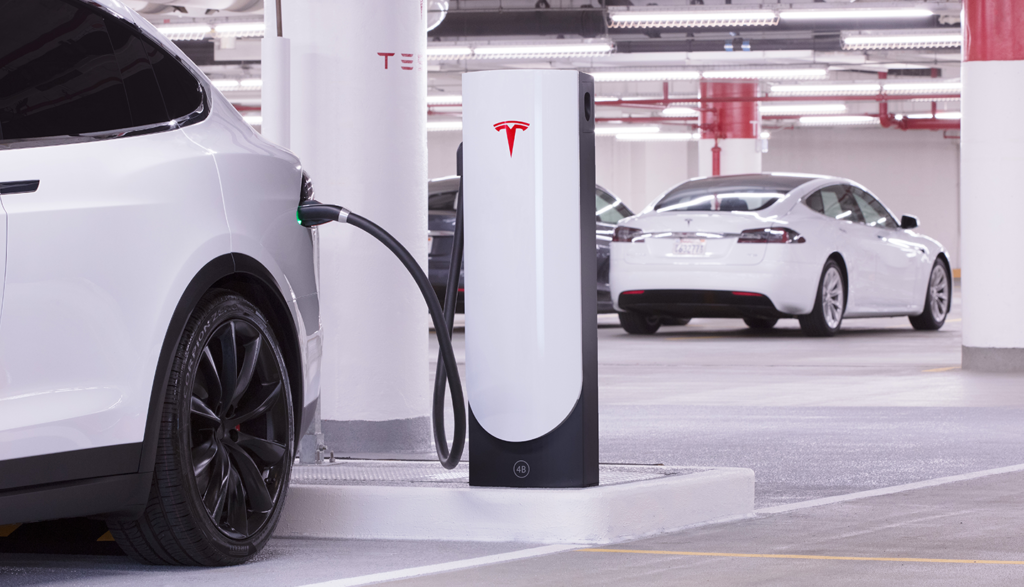
Urban Supercharger
Tesla operates two types of charging networks: a DC fast-charging network of supercharging stations placed on highways and urban locations, and a slow-charging network of Destination Chargers installed at hotels, restaurants, shopping centers
Tesla Superchargers are a network of 480-Volt, 145 kW capacity, fast-charging stations built by Tesla, Inc. exclusively for Tesla customers. The Superchargers deliver DC power directly to the battery, bypassing the car’s
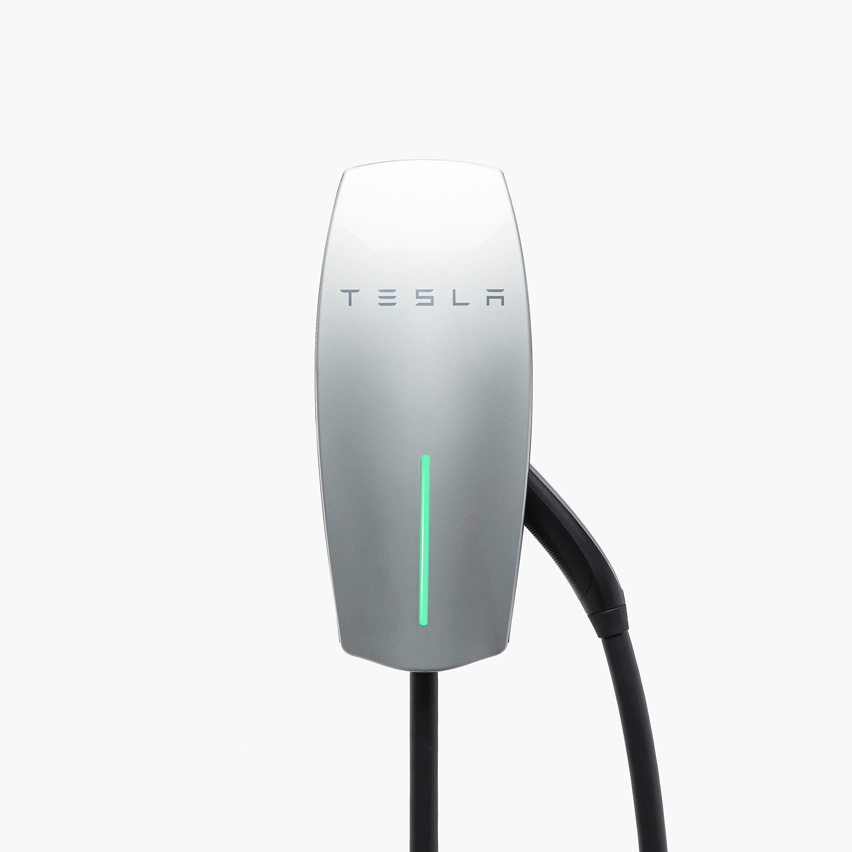
The second type of network is the destination charging network, that uses Tesla’s Wall Connector, a 240-volt, upto 19.2 kW capacity slow charging device which is also used for home charging.
For the past several years, Tesla has rapidly expanded its worldwide supercharging and destination networks.
Though we don’t exactly know how many destination chargers are now available for use in the United States, Europe
As of today, Tesla has 3,267 Destination Charging locations in the United States. A near three-fold increase compared to September 2015.

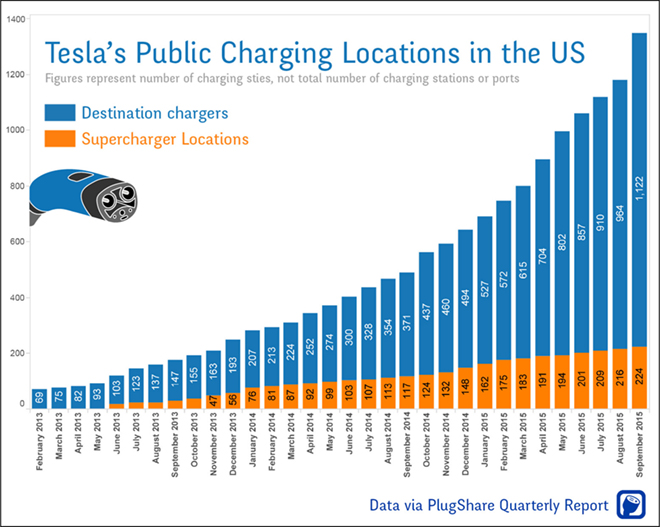
The rapid expansion of destination charging locations is helpful in reducing the stress placed on the Tesla Supercharger network. Tesla owners have reported long waiting times at supercharging networks, especially during holidays.
Tesla Destination Charging: Property Owners
Tesla says owners can attract the growing Tesla user base to their property by joining Tesla’s Destination Charging network. If the property is qualified, Tesla will offer installation assistance and provide the necessary hardware. Once the chargers are operational, Tesla will make the location visible to users
Tesla does not explicitly say on its website that it covers the cost of destination charger installation, but several media reports claim that Tesla has covered the cost of installation for many property owners in the past.
Teslarati author Electric
- What did you have to negotiate? Nothing
- How much did you come out of pocket? Nothing
- How as finance handled? Tesla mailed the chargers and paid the electrician directly
- Was the process easy? Extremely
- What else? I emailed Nissan and GM to see if they have similar programs. No one ever responded.
- Final notes from the owner: I would recommend this to any business!
Since Tesla offered free unlimited supercharging for many years and still keeps bringing it back through its stop-start referral program, the company may have paid property owners the charging cost. Some media reports claim that Tesla does the installation for free, but expects property owners to pay the electricity charges.
It’s highly unlikely that all property owners would have accepted to pay the electricity charge themselves in return for Tesla bringing in new visitors. Some property owners do offer it free for patrons and charge non-patrons. We have requested Tesla to comment on this and if we hear from them we will report back.
Please share your experience at destination charging stations in the comments section below.
Early this year, Tesla expanded the destination charging program to cover workplaces. The new program will allow offices and businesses to install the wall connector so that their employees can charge their Teslas while they are at work.
Tesla’s statement, as reported by Engadget:
“As Tesla’s fleet continues to grow, it is more important than ever for our customers to be able to easily charge their cars where they park. The most convenient way to charge is to plug in overnight at home, and for most people, this is all that is needed. For others, such as those who live in an apartment, Tesla is introducing its new Workplace Charging program. Charging at work is simple and convenient, just plug in and your car is charged by the time you’re done for the day.
For qualified employers or commercial property managers who choose to provide an EV charging option, Tesla will review, donate their Tesla Wall Connectors and provide installation assistance. Energy costs will be the responsibility of the property.”
The Tesla Destination Charging program is highly underrated, as most discussions revolve around the Supercharger network. But, if not for the high level of Destination Charger penetration across the country, the Supercharger network would have been stretched beyond its limit, making Tesla customers suffer in the process.
